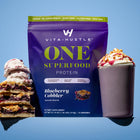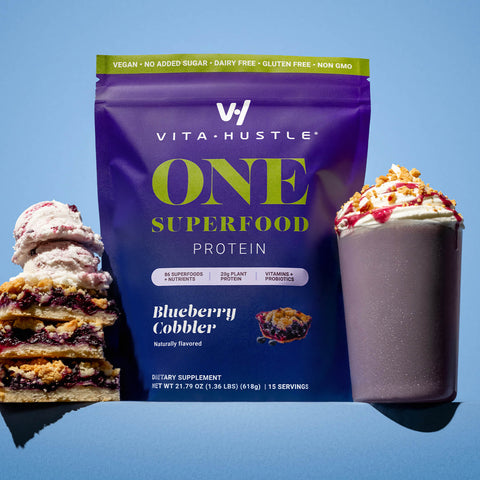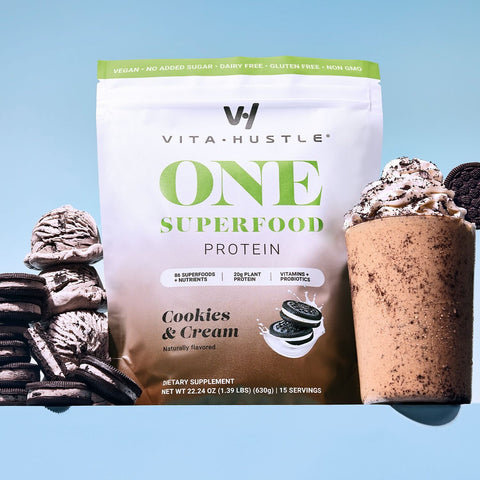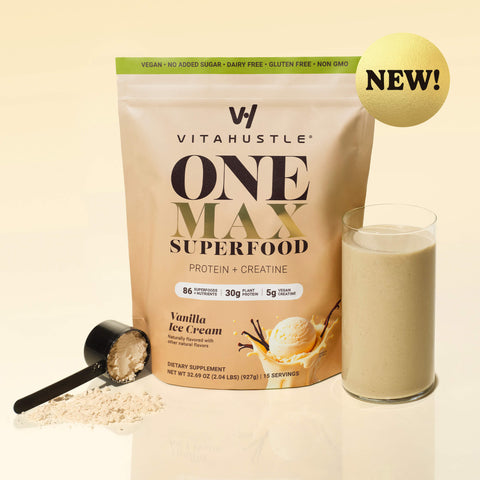You’ve spent two hours sweating, blasting your muscles, and pushing your heart and lungs to the very edge. Your body feels alive because of all that work. And now, you want to do it all over again tomorrow … and maybe the day after that, too.
Except it’s not that simple. In order for you to string together productive workouts, your body and your muscles need to recover. Sure, you could go into the gym tomorrow, sore and tired, body feeling sluggish, and trudge through your next workout. But if you want your sessions to be productive, you want your body to feel fresh. That will allow you to move heavier weights, pump out more reps, and once again push yourself to the very edge.
Few areas of health and fitness have seen more progress over the last few years than recovery, so there are plenty of ways to get your body back to its peak, starting with these ideas.
After your workout, load up on protein
Your diet is key in helping you recover from your last sweat session. Sure, Oreos and Diet Coke taste great, but they’re not what your body needs.
Instead, your body needs protein to rebuild your muscles, and, generally, the more of it you have throughout the day, the better. That’s especially key in your post-training meal. Aim for 25 to 30 grams of protein in your post-training meal. You can get this protein as a protein shake or bar if you’re in a pinch. Or (even better), load up on lean protein via chicken or fish.
Now, there’s conflicting research on exactly when you need to eat this protein; bro-science claims you need that protein a half-hour after your workout. The science doesn’t back this up but at the same time, there’s nothing detrimental about getting protein a half-hour after your workout. Ideally, you eat plenty of protein throughout your day, too; it’ll go a long way toward keeping you ready for training action.
Do at least one active task on your “off days”
On days you don’t train, you may be tempted to “rest” the entire day, watching TV or playing video games. Bad call.
Instead, even on those days, make sure to stay active in some way. That could be a 10-minute run or a day spent playing with your children (outside! Not video games!). Or it could be a quick movement session like this one. But somehow, you want to move.
Why? Because when you’re awake, consistent blood flow to your muscles, ligaments, and tendons is what helps them recover and rebuild. That blood flow is best achieved through light movement. If you chain yourself to the couch, you don’t work through any movement. If you’re going for a walk or run, or doing a light “recovery” workout, then you’re driving improved blood flow and spurring greater muscle recovery.
This workout shouldn’t be intense, and it shouldn’t kill you. But light movement is what the doctor ordered on recovery days. Remember: Your body is meant to move. It wants to move, even on days it doesn’t want to power clean 225 pounds.
Sleep
No, you don’t want to hear it because your schedule is too busy. Yes, you need to make sure to get it because it’s one of the keys to getting you recovered for your next sweat session. When you sleep for a sustained period of time, your body goes into a “parasympathetic” state that increases gland activity and allows your muscles to recover.
At a base level, you’re constantly using your muscles while training, then using them some more throughout your day. Remember: Your postural muscles are always on when you’re standing, and small muscle groups continually are in use when you do things like driving and opening doors. That means, your muscles never truly get to rest.
But when you sleep deeply, your muscles fully relax, and true healing can take place. No, it’s not fun or fancy but 6 to 8 hours of sleep nightly will go a long way towards getting you ready for your next gym session.

















